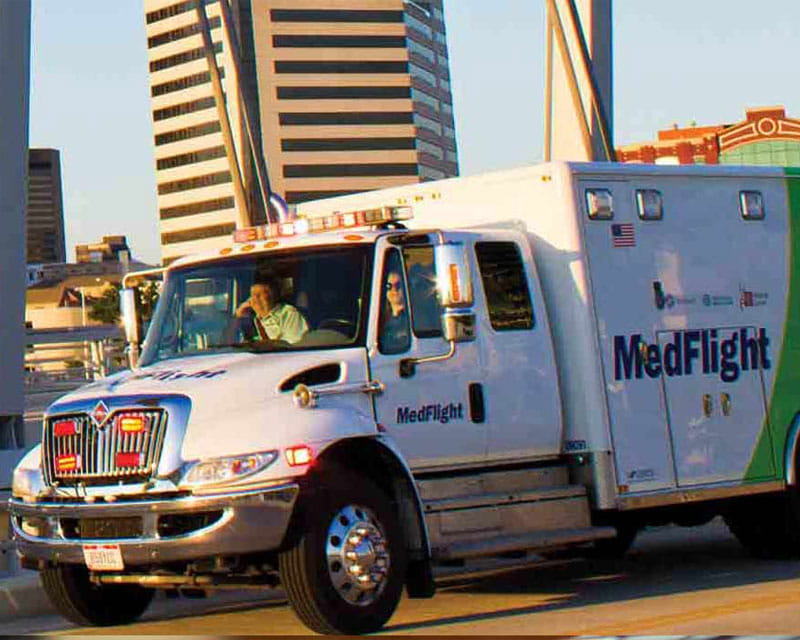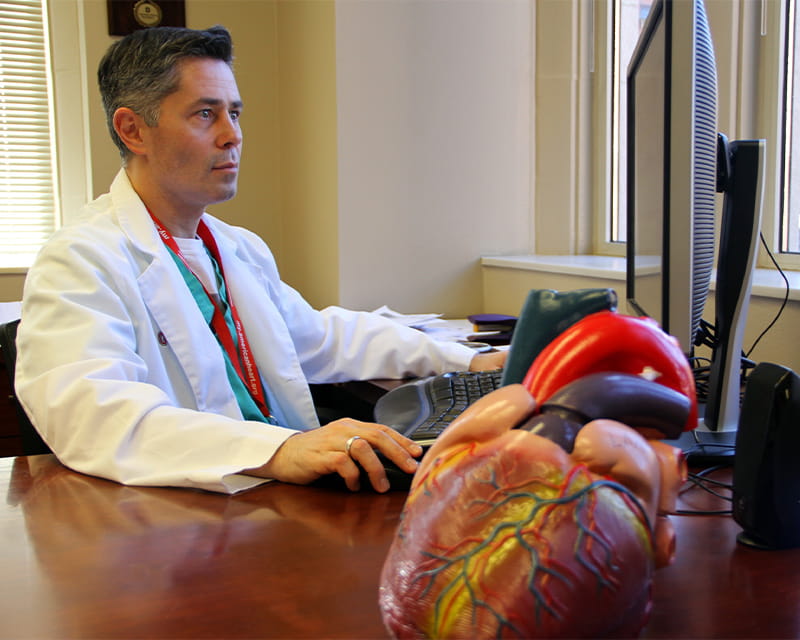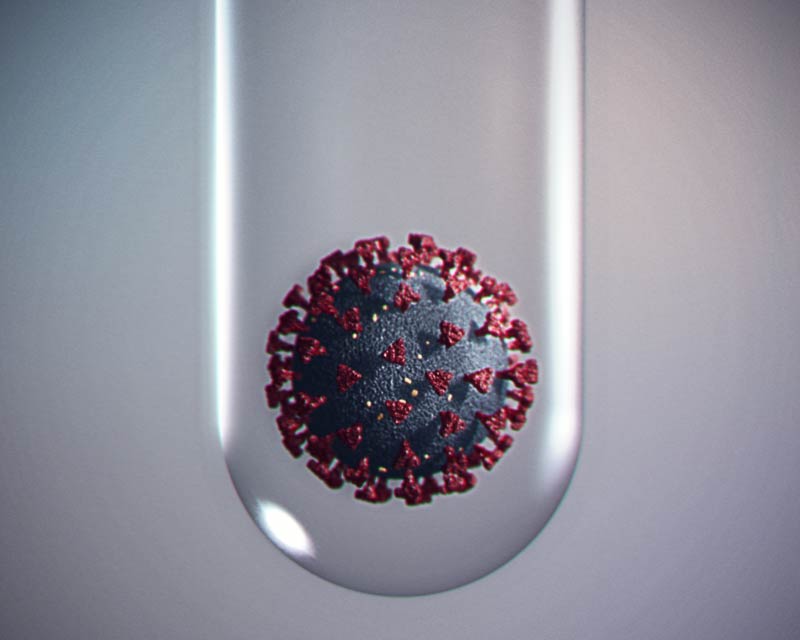
Safer Patient Transport

Adult Congenital Heart Disease Specialist Curt Daniels, MD
As treatment and management of congenital heart disease has improved in the past two decades, survival to adulthood has surpassed 90 percent — and more women with CHD are reaching their childbearing years. Many of these women want to start families — and some also have unplanned pregnancies, often without appropriate pre-pregnancy counseling.
“The most common cause of maternal mortality in the United States is heart disease, and the most common form of heart disease in young women is congenital,” says Curt J. Daniels, MD.“It’s kind of a growing generational phenomenon, which is one reason we started our Adult Congenital Heart Disease Pregnancy program more than a decade ago.”
The program was built around three key specialties: high-risk maternal fetal medicine, obstetric and cardiac anesthesia, and adult congenital heart disease. It has now handled more than 800 cases — many at extremely high risk — with an overall maternal mortality rate of less than 1 percent.
“It takes all of these specialists to really care for the patients because we all have a role in making sure the pregnancy and delivery go well,” Dr. Daniels says. “We meet once a month and collectively discuss all the patients we’re following, which is usually somewhere between 30 and 40 women. We go over the entire pregnancy and delivery plan so all of us are on the same page, and we are very detailed in our documentation, so that if a woman goes into labor earlier than expected or comes in at night, the staff on call can refer to our comprehensive plan and assist in caring for a complex heart patient we have been following in our program.”
Some congenital heart defects, most commonly pulmonary hypertension, have a maternal mortality rate as high as 30 to 50 percent. Left-sided obstruction — usually aortic stenosis — has a 10 percent risk of mortality, and cardiomyopathy can also have a high mortality risk depending on the level of heart weakness. To help lower the risks for women with a known CHD, pre-pregnancy counseling is critical.
“The first question is, can the patient have a successful pregnancy?” Dr. Daniels says. “The greatest risk is usually to the mom, although there can be risks to the fetus as well.”
Some factors discussed in pre-pregnancy counseling include:
For women with CHD who have been followed by the Ohio State cardiology team, the possibility and risk of pregnancy has already been discussed. In fact, Dr. Daniels says the ideal age to broach the subject is around 13 or 14.
“Obviously, the conversation has to be age appropriate, but girls with CHD need to know that they may be at risk for serious complications if they get pregnant,” he says. “It’s part of our transition education, and we work with our pediatric cardiology colleagues to create a seamless transition education program for CHD patients that includes pregnancy counseling.”
As many as 20 to 30 percent of the ACHD Pregnancy program’s patients present when they are already pregnant.
“For a woman at very high risk, we may have to perform complex diagnostic studies and sometimes invasive procedures to decrease the risk of complications and improve survival,” Dr. Daniels says. “For some high-risk patients where there is a substantial mortality risk, we’ve had to administer continuous intravenous medications, perform heart catheterizations, and rarely, open heart surgical procedures during pregnancy.”
In one such case, a patient with aortic stenosis discovered she was pregnant when she was planning her valve replacement. She had been told by several physicians that she and her baby could not survive the pregnancy. Her case was complicated by an unrecognized aortic aneurism, and the only option the team could offer her to continue the pregnancy and deliver the baby was open-heart surgery during pregnancy.
Four months into her pregnancy, the team successfully replaced her valve and repaired the aneurysm. The patient went on to carry the baby full term and delivered without further complications.Such positive results under extreme circumstances are not unusual for the ACHD Pregnancy program. Still, pregnancy with CHD should be carefully planned whenever possible.
Dr. Daniels recommends that any young woman with heart disease should have a pre-pregnancy evaluation to determine her risk and plan her pregnancy and delivery in consultation with a specialized team.
“It doesn’t mean we’ll ask to take over their care from referring physicians,” he says. “In some cases — probably 20 percent of the cases we’re currently following — they can even deliver locally in a community hospital, with consultation and support from our team. Sometimes it’s best that they deliver at Ohio State because of the unpredictability of the situation and the availability of our whole team on-site. We work with referring physicians to ensure the best possible outcomes for every patient, including the mom and the child.”
Read more featured stories about The Ohio State University Heart and Vascular Center.

Safer Patient Transport

New treatment for atrial fibrillation

First US Medical Center in Clinical Trial